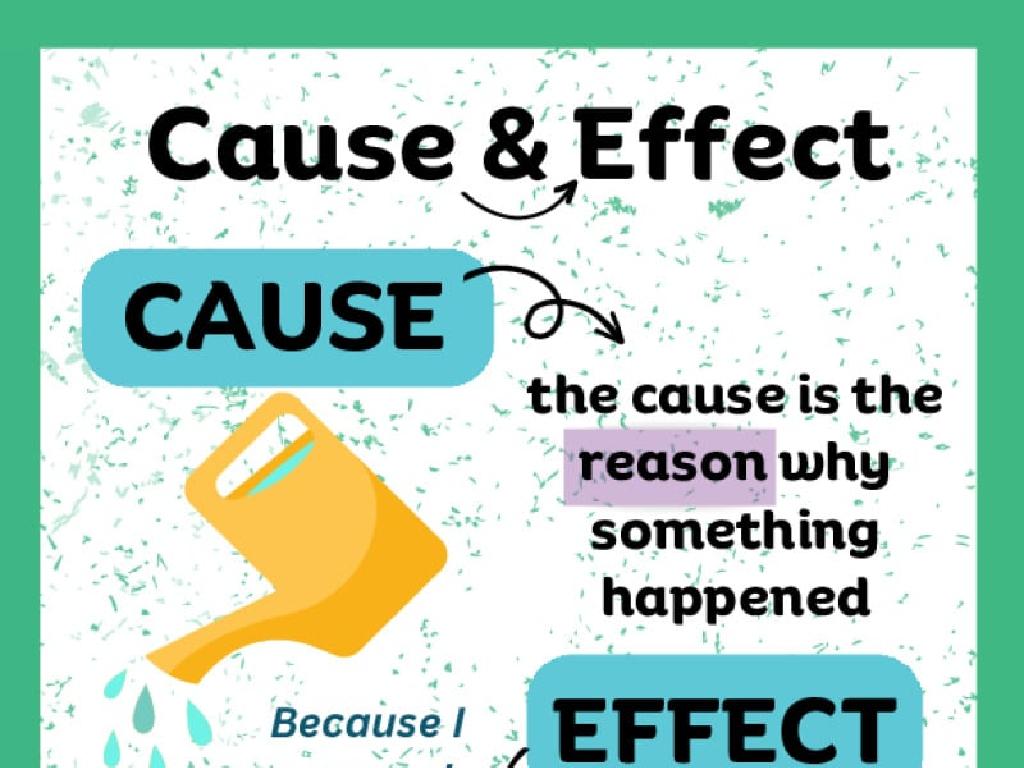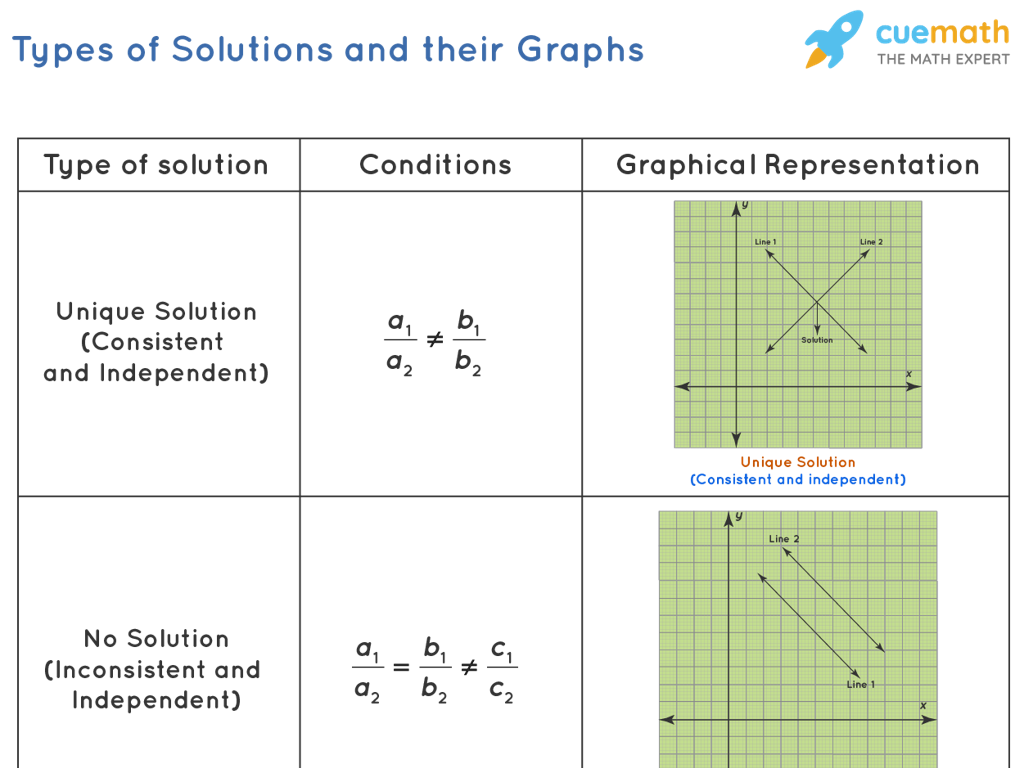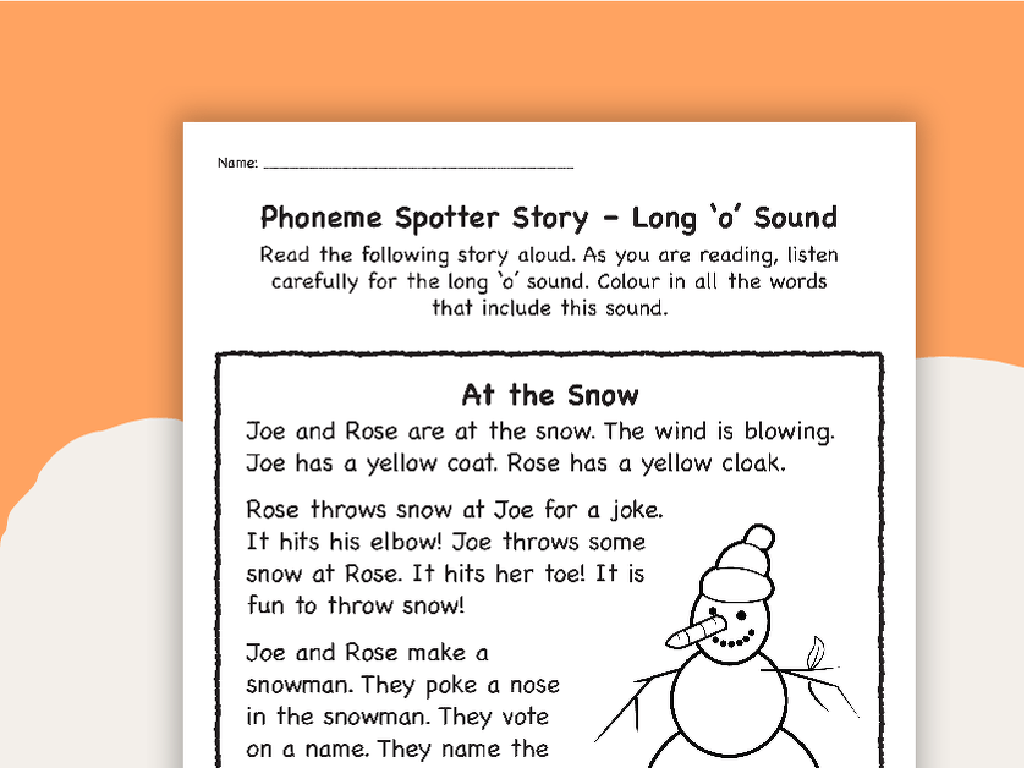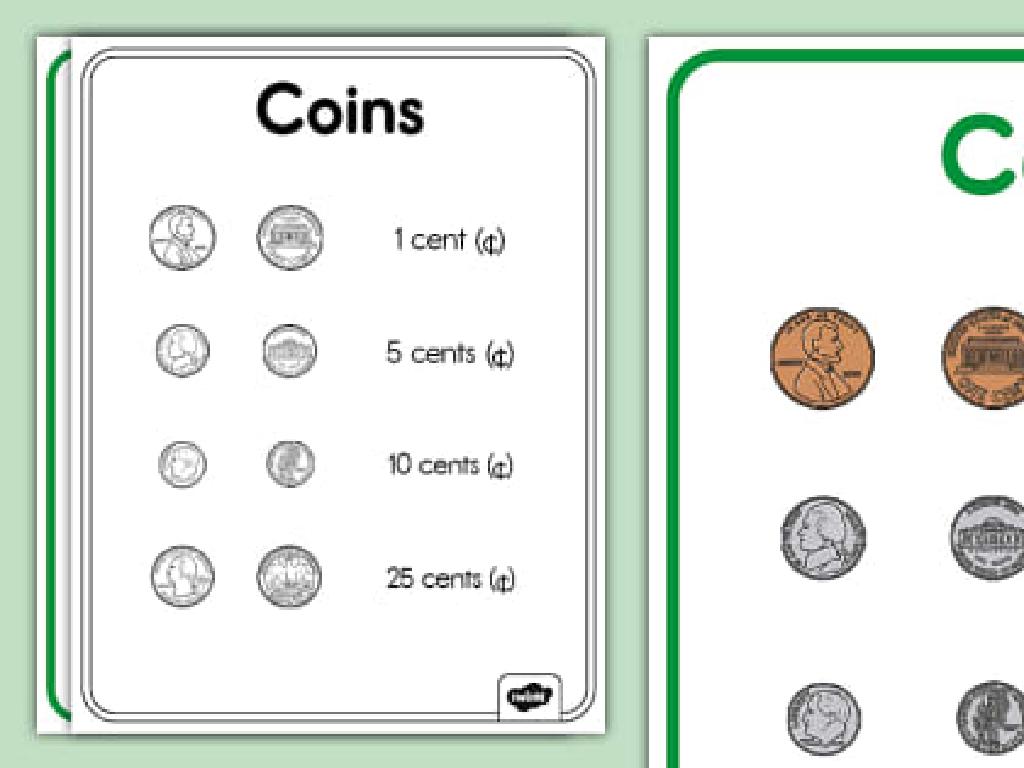Greatest And Least - Word Problems - Up To 1,000
Subject: Math
Grade: Second grade
Topic: Comparing And Ordering
Please LOG IN to download the presentation. Access is available to registered users only.
View More Content
Welcome to Comparing Numbers!
– Learn Greatest and Least Numbers
– Find the biggest and smallest numbers in a set
– Understand numbers up to 1,000
– Counting and recognizing numbers to 1,000
– Compare numbers with word problems
– Use clues in stories to decide which numbers are bigger
– Practice with examples
– We’ll solve problems together in class
|
This slide introduces the concept of comparing numbers, focusing on identifying the greatest and least numbers within a range up to 1,000. Begin by explaining what greatest and least mean in the context of numbers. Use visual aids like number lines or groups of objects to help students recognize and count up to 1,000. Introduce word problems that require students to apply their understanding of number comparison. For example, ‘If there are 453 apples and 267 oranges, which is the greater number of fruits?’ Encourage students to look for keywords like ‘more than’ or ‘less than’ to help them compare. Provide practice examples and plan for interactive activities where students can work in pairs or groups to solve problems and discuss their reasoning.
Understanding Greatest and Least
– ‘Greatest’ means the biggest number
– ‘Least’ means the smallest number
– Use a number line to compare
– Number lines show order of numbers visually
– Practice with word problems
– Find which is greatest or least in a story
|
This slide introduces the concepts of ‘greatest’ and ‘least’ within the context of comparing numbers up to 1,000. ‘Greatest’ refers to the largest number in a set, while ‘least’ indicates the smallest. A number line can be a useful tool for students to visualize and compare the size of different numbers. To reinforce these concepts, students will engage in word problems that require them to apply their understanding of greatest and least. Encourage students to draw number lines and use them to find answers to word problems. Provide examples such as, ‘If you have 450 marbles, 625 marbles, and 318 marbles, which is the greatest number of marbles you have?’ This will help them grasp the concept in a practical way.
Understanding Numbers up to 1,000
– Count in hundreds, tens, and ones
– Break down numbers like 738 as 7 hundreds, 3 tens, and 8 ones
– Recognize patterns in numbers
– Notice how numbers change in a sequence: 100, 200, 300…
– Practice with a number chart
– Find and circle numbers on a chart to visualize their place
– Discuss greatest and least numbers
– Use examples to compare numbers and find which is larger or smaller
|
This slide introduces second graders to the concept of understanding and comparing numbers up to 1,000. Start by explaining how to count using hundreds, tens, and ones, which helps in breaking down larger numbers into understandable parts. Highlight patterns such as counting by hundreds to show consistency in number sequences. Use a number chart as a visual aid to help students identify and locate numbers, reinforcing their understanding of number order. Finally, engage the class in identifying the greatest and least numbers through examples and class discussions. This will set the foundation for solving word problems involving comparison of numbers up to 1,000.
Comparing Numbers: Greater Than and Less Than
– Learn symbols: > and 456
– 567 is more than 456, so the mouth opens towards 567
– Practice comparing numbers
– Find pairs of numbers and use > or < to compare them
|
This slide introduces second-grade students to the concept of comparing numbers using the greater than (>) and less than (<) symbols. Emphasize that the 'alligator mouth' a visual aid for remembering which way the symbols point always opens towards the larger number. Use the example provided to illustrate how to compare two three-digit numbers. Encourage students to visualize the alligator's preference for larger numbers to help them remember the concept. In the next class, provide a series of numbers for the students to practice comparing, ensuring they understand how to apply the symbols correctly. Offer additional examples and encourage students to create their own comparisons with numbers up to 1,000.
Word Problems: Finding the Greatest Number
– Carefully read the problem
– Find numbers to compare
– Example: 823 vs 732
– Which number is bigger, 823 or 732?
– Determine the greatest number
– Use place value to compare digits
|
This slide is aimed at teaching second graders how to approach word problems that involve comparing numbers up to 1,000. Start by instructing students to read the problem thoroughly to understand what is being asked. Then, guide them to identify the specific numbers mentioned in the problem. Use the example provided to show how to compare two three-digit numbers by looking at the hundreds, tens, and ones places. Emphasize the importance of starting from the leftmost digit, which is the hundreds place in this case. Encourage students to practice with similar examples and to explain their reasoning when determining which number is greater. This will help solidify their understanding of place value and comparison.
Finding the Least Number in Word Problems
– Look for ‘smallest’ or ‘least’
– Compare numbers with a friend
– Example: 218 vs 281
– Which number is smaller? How do you know?
– Practice makes perfect!
|
This slide is aimed at helping second-grade students understand how to find the least number in word problems. Start by explaining that certain keywords like ‘smallest’ or ‘least’ are clues to what the problem is asking. Encourage students to practice comparing numbers with a partner to reinforce the concept. Use the example provided to illustrate how to compare two three-digit numbers. Ask students to identify the smallest number between 218 and 281 and explain their reasoning. This could involve looking at the hundreds, tens, and ones places. Emphasize the importance of practice in mastering this skill. Provide additional examples and encourage students to explain their thought process as they compare the numbers.
Let’s Practice Together: Greater & Less Than
– Solve word problems together
– We’ll read problems aloud and find solutions
– Use ‘greater than’ & ‘less than’ signs
– Remember, ‘>’ means more, ‘<' means less
– Interactive board examples
– Come up to the board to try it out
– Engage with every step
|
This slide is designed for an interactive class activity focused on solving word problems that involve comparing numbers up to 1,000. Start by reading a word problem aloud and invite the class to solve it as a group. Reinforce the use of ‘greater than’ (>) and ‘less than’ (<) signs by providing examples and asking students to use these signs to compare numbers in the problems. Use the board to work through problems interactively, allowing students to come up and write their answers. Encourage participation and guide them through the steps to ensure understanding. Possible activities include: 1) Comparing quantities in a story, 2) Ordering items by price, 3) Determining the heaviest or lightest item, 4) Ranking distances from shortest to longest. The goal is to build confidence in using comparison signs and understanding their meaning in the context of word problems.
Class Activity: Number Detective
– Receive a word problem card
– Find the greatest number
– Look for the biggest number in your problem
– Find the least number
– Look for the smallest number in your problem
– Discuss findings with classmates
|
In this interactive class activity, students will become ‘Number Detectives’ to solve word problems. Distribute different word problem cards to each student, ensuring the numbers in the problems range up to 1,000. Guide the students to read their word problems carefully and identify the greatest (largest) and least (smallest) numbers within the context of the problem. Once they have identified these numbers, they will share their findings with the class. This activity will help reinforce their understanding of comparing and ordering numbers. Possible activities could include problems like finding the highest and lowest temperatures in a week, comparing numbers of items sold, or identifying the heaviest and lightest animals in a set. Encourage students to explain how they determined which numbers were the greatest and least to promote critical thinking and discussion.
Conclusion: Understanding Greatest and Least Numbers
– Recap on comparing numbers
– Importance of greatest and least
– Knowing these helps in daily decisions like spending money
– Reflect on today’s learning
– Think about how we use numbers to compare in real life
– Open floor for questions
|
As we wrap up today’s lesson, let’s review what we’ve learned about comparing numbers. We’ve seen how to identify the greatest and least numbers in a set, which is a skill that helps us in many everyday situations, such as when we’re comparing prices while shopping or deciding between different amounts. Understanding these concepts is crucial for developing good mathematical reasoning and problem-solving skills. Now, let’s take a moment to reflect on what we’ve learned and discuss any questions that may have arisen during today’s lesson. It’s important that each student feels confident in their understanding of comparing numbers up to 1,000, as this foundational knowledge will support their future math learning.
Homework Challenge: Greatest and Least Numbers
– Take home your worksheet
– Practice with word problems
– Look for numbers in each story
– Find the greatest and least numbers
– Compare numbers to choose the biggest and smallest
– Share your answers in class tomorrow
|
This homework challenge is designed to reinforce the concepts of comparing and ordering numbers up to 1,000 through practical application in word problems. The worksheet provided will contain various scenarios where students will need to identify numerical information and use comparison skills to determine the greatest and least numbers within the context of the problem. Encourage students to use strategies such as underlining the important numbers or drawing number lines if needed. Remind them to check their work before sharing their answers in class the next day. This activity will help solidify their understanding of numerical order and prepare them for more complex math concepts.






